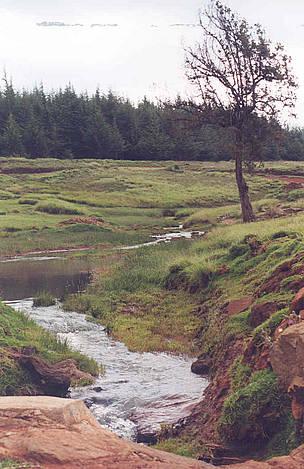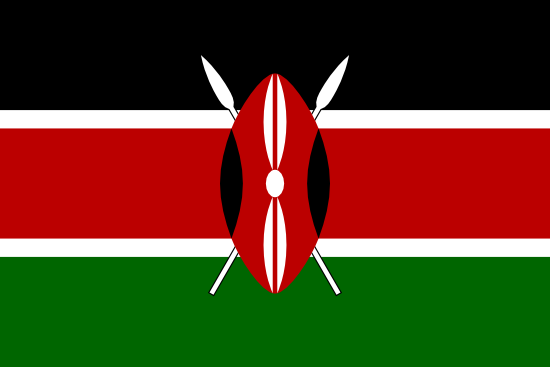Mau Forest Complex
The Mau Forest Complex is located about 170 kilometres north-west of Nairobi.
The Mau Forest Complex is a vast and ecologically significant forest complex in Kenya, covering an approximate area of 400,000 hectares (about 1,544 square miles). It includes several forest blocks, with the Maasai Mau, Eastern Mau, and Western Mau being some of the prominent sections.
While the forest was declared a Crown Land in the 1930s and made a National Reserve in 1945, it was officially gazetted in 1954 as a Forest Reserve under the Forest Act.
The forest is the largest of the country's five water towers as well as the largest closed-canopy forest ecosystem.
The forest borders Kericho County to the West, Narok to the South, Nakuru to the North and Bomet to the South-West. It is divided into seven blocs comprising South-West Mau (Tinet), East Mau, Oldonyo Purro, Transmara, Maasai Mau, Western Mau and Southern Mau.
The complex forms part of the upper water catchment area and it is the catchment source for Lake Victoria and the White Nile. It also has numerous rivers originating from it which carry Mau's waters throughout western Kenya from Lake Turkana in the north to Lake Natron in the south.
These rivers support agriculture, hydropower, urban water supply, tourism and wildlife habitat throughout much of Kenya.
The Eastern Mau Forest is the headwaters for Njoro River which empties its water into Lake Nakuru - one of Kenya's prime tourist attractions.
The Mau Forest Complex is renowned for its rich biodiversity and plays a crucial role as a water catchment area for several rivers and lakes in Kenya. It is home to a wide variety of plant and animal species, including many that are endemic and rare. The biodiversity includes various tree species, mammals, birds, amphibians, reptiles, and insects. Threatened and endangered species like the mountain bongo antelope are also found in the complex.

The forest is also home to rare indigenous trees such as cedar, African olive, bamboo, dombeya and shrubs. It also has exotic trees such as cypress, pine, grevillea robusta and eucalyptus which are regularly planted by the Kenya Forest Department mainly for commercial purposes. The complex also contains a good number of medicinal plants
https://www.keybiodiversityareas.org/site/factsheet/6441

